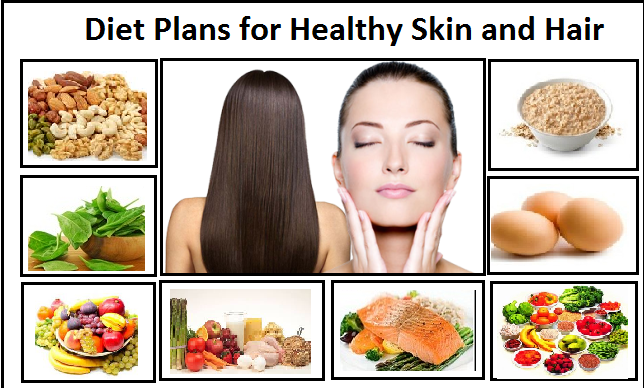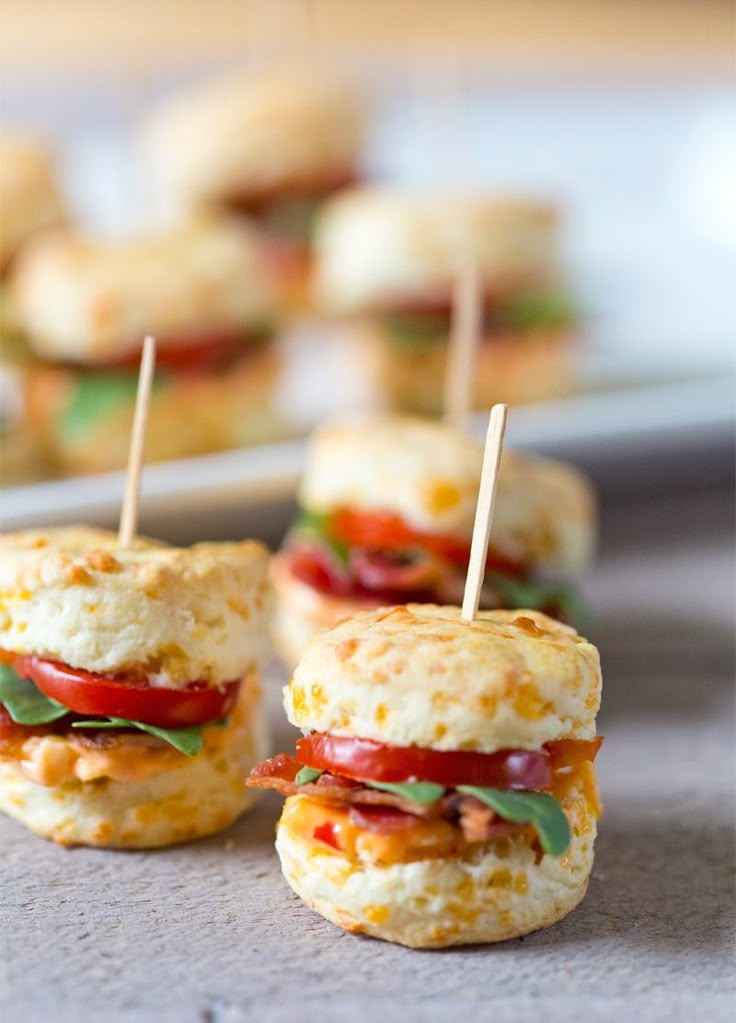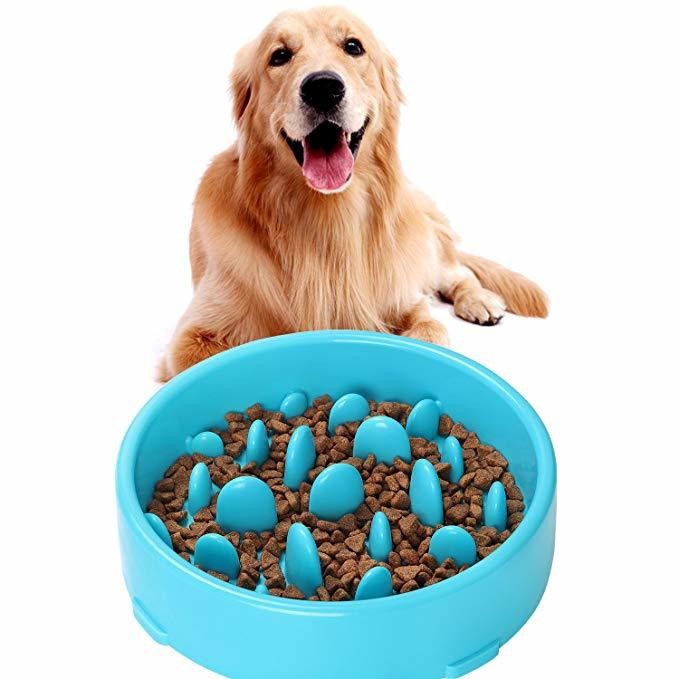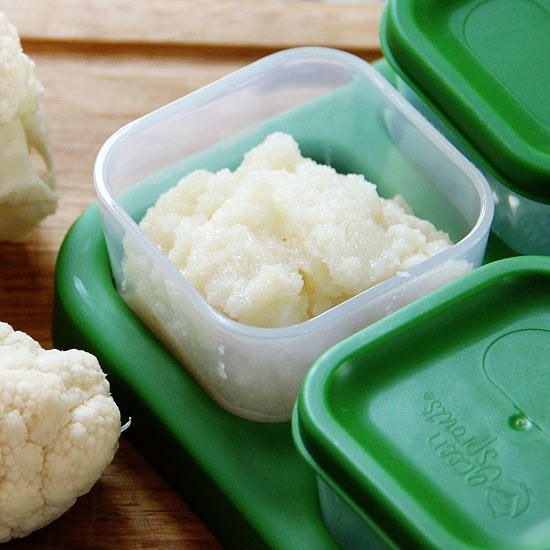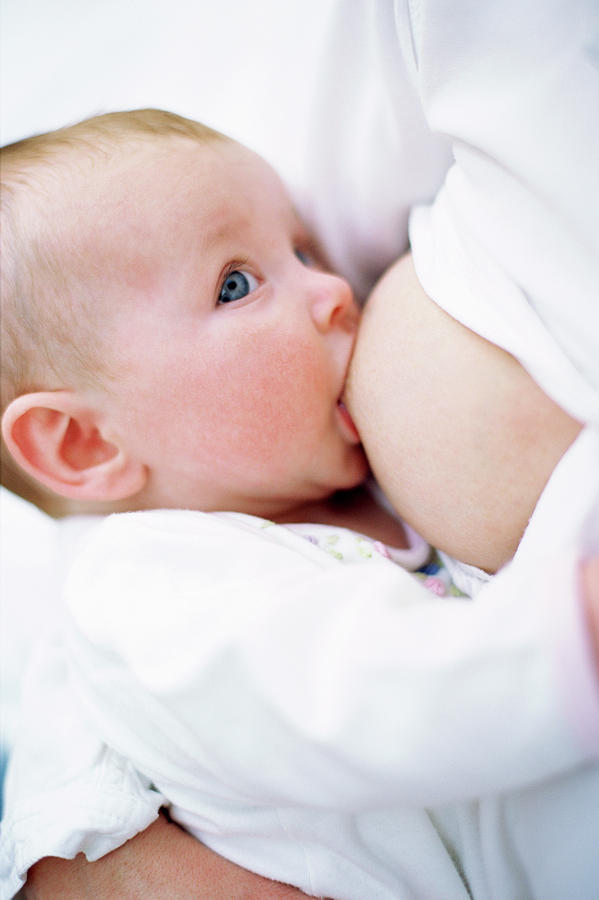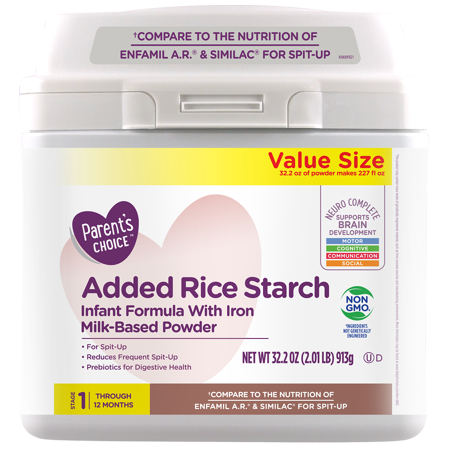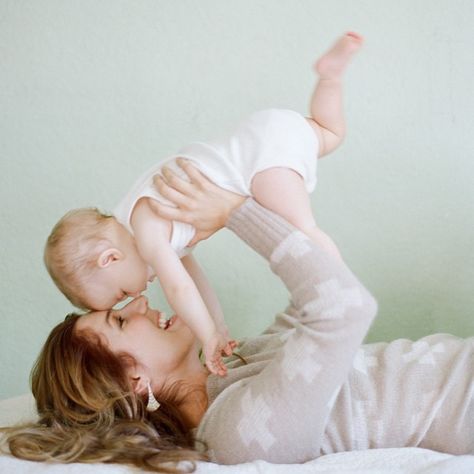Food for hair growth in babies
How to Make Baby Hair Grow Faster and Fuller: 10 Tips
One of the joys of pregnancy is imagining how your newborn will look. What color eyes will they have? Will they have black, blond, brown, or red hair? In your mind’s eye, you might even picture your baby with a full head of hair.
When it comes to a newborn’s hair, though, each baby is different. Some are born with thick locks, while others are as bald as a bowling ball.
No worries — this is completely normal. But if you’re looking for ways to speed hair growth, here are some simple tricks that may stimulate growth.
There’s no way to predict how much hair a baby will have at birth. Some babies are born with a lot of hair and others are born without hair. Even when a baby has hair at birth, their hair can fall out shortly after delivery, then later regrow.
Understand that it’s completely normal for a newborn to have no hair or to have hair loss! It doesn’t indicate an underlying health problem.
The color and quantity of a baby’s hair at birth is largely due to genetics. Typically, hair growth occurs at about the 30th week of pregnancy. If your baby starts to grow hair in the womb, they’ll likely be born with hair on their head.
Hormones also play a role in the amount of hair a newborn has. Inside the womb, hormone levels are high, which can accelerate hair growth.
After delivery, though, hormone levels drop at a fast pace. As a result, a baby’s hair growth slows down.
Shortly after birth, a newborn’s hair also enters a new growth cycle. When this occurs, their hair might fall out. The baby then remains bald until their new hair grows in.
The bottom line is that there’s no reason to be overly concerned about hair loss. But, understandably, you might be eager for your baby’s hair to grow. If so, here are a few things you can do.
Coconut oil is rich in natural vitamin E, which is a nutrient with antioxidant properties. It’s not only beneficial to the skin — it can also promote hair growth by improving blood circulation to the scalp.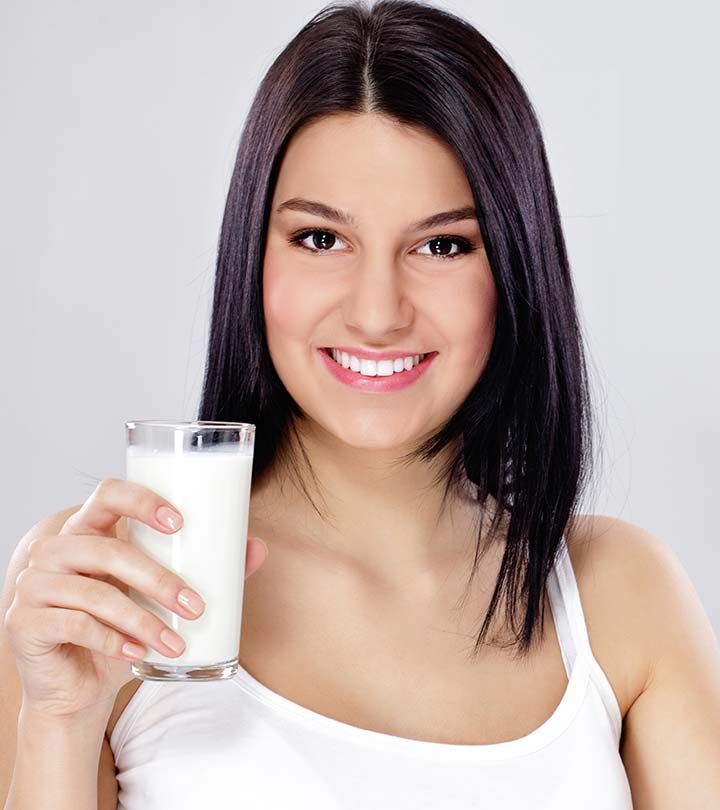
Coconut oil also adds shine to hair and may prevent hair loss.
In an older 2003 study, researchers found coconut oil to be useful on hair when used as a wash or grooming product. When combined with sunflower and mineral oil, it helped reduce hair protein loss.
To help stimulate thicker, fuller hair, gently apply coconut oil to your baby’s scalp a few times per week. This doesn’t only moisturize their hair; it can also help eliminate cradle cap.
Use organic or extra-virgin coconut oil — it’s unrefined, meaning it hasn’t been processed. Apply a small amount to your baby’s scalp and allow the oil to sit for about 20 minutes. Rinse their scalp with warm water.
Gently combing, brushing, or massaging baby’s scalp can also stimulate hair growth. This is because regular grooming can loosen cradle cap and remove dry skin.
In addition, brushing encourages blood circulation to the scalp and hair follicles. After applying oil, gently massage your baby’s scalp with your fingers for a few minutes.
This helps with hair growth and relaxes your baby — so (bonus!) don’t be surprised if they fall asleep.
You might be nervous to wash your baby’s hair, but regular shampooing keeps their scalp clean and also loosens cradle cap.
Once baby is out of the newborn phase (during which you need to bathe them only about once per week), wash their hair every 2 or 3 days. Make sure you use lukewarm water and a gentle baby shampoo.
The accumulation of dirt on your baby’s scalp can cause dryness, which can slow hair growth.
The same way you might apply hair conditioner to your hair after shampooing, you can also use conditioner on your baby’s hair.
Conditioner is a moisturizing agent that replaces moisture stripped away by shampoo. It helps protect and strengthen the hair, which can promote growth and reduce breakage.
Hair conditioner is especially important if your baby has textured or curly hair, which can be prone to dryness. Apply conditioner after shampooing, then rinse the product from your baby’s hair with warm water.
Again, choose a kid-friendly conditioner that’s gentle and tear-free.
When drying your baby’s hair after shampooing and conditioning, be as gentle as possible. Use a soft towel to lightly dry their hair.
Using a hard or rough towel can potentially damage their young hair follicles and slow hair growth.
Keep in mind that textured or curly hair can easily tangle and form knots. These knots can break off, causing your baby to lose hair.
Each day, gently use a soft brush to detangle your baby’s hair.
A healthy, balanced diet is crucial to helping your baby grow thicker, fuller hair.
If baby is at least 6 months old and eating solid foods, feed them foods rich in iron, vitamin A, B vitamins, vitamin D, zinc, and protein.
For example, baby-friendly vitamin A foods include:
- butternut squash
- pumpkin
- carrots
- mango
Foods rich in B vitamins include:
- beans
- meat
- eggs
- whole grains
- potatoes
Vegetables like leafy greens are rich in iron, which helps carry blood and oxygen to the hair follicles and stimulates growth.
If you’re breastfeeding, it’s important that you maintain a healthy diet, too. Your diet is essential to your baby’s growth and development. The foods you eat can also encourage hair growth.
Gelatin is an amino acid that can stimulate hair growth when applied to a baby’s scalp.
Mix 1 teaspoon of gelatin powder with water. You can also include a teaspoon of honey and a teaspoon of apple cider vinegar to the mixture.
Honey is an antioxidant that restores nutrients to the hair and scalp. Meanwhile, apple cider vinegar helps promote hair growth.
Apply the gelatin mixture to your baby’s scalp and allow it to sit for 10 to 15 minutes. Rinse out the gelatin and shampoo your baby’s hair as normal.
If your baby has a few remaining strands of hair, you might be tempted to pull them back into a small ponytail or use a hair clip. But tying your baby’s hair too tight can damage their hair follicles and cause hair loss.
Rather than use a ponytail holder, use a silk headband — it’s gentle on the hair.
Some parents hesitate to give their baby a haircut. But if your baby has hair loss or bald spots, a haircut can get rid of patchiness and allow their hair to grow in evenly.
One belief is that a haircut can jump-start hair growth. However, this idea isn’t backed by science.
If you decide to cut your baby’s hair, trim longer strands first. Don’t use a razor — you might accidentally cut your baby’s scalp. Use a hair trimmer instead.
After cutting baby’s hair, apply a moisturizer to their scalp to reduce dryness.
Whether your baby is born with hair or without hair, know that it’s perfectly normal for infants to have problems with hair growth or experience hair loss after delivery.
In most cases, hair growth will occur within the first 6 to 12 months. But, of course, if you have any concerns, don’t hesitate to contact your doctor with questions.
11 Effective And Healthy Tips For Baby's Hair Growth
Adequate nutrition and care are essential to protect your baby’s precious locks.
Research-backed
MomJunction believes in providing reliable, research-backed information to you. As per our strong editorial policy requirements, we base our health articles on references (citations) taken from authority sites, international journals, and research studies. However, if you find any incongruencies, feel free to write to us.
Image: Shutterstock
Every baby is adorable and unique, as is their hair, whether straight, wavy, or curly. Each baby’s hair growth pattern could be different. Some newborns are born with a full head of hair, while others are born with only a few wisps. It’s quite normal for babies to have less hair for the first six months, so it should not be a cause for concern.
Genes mostly determine your baby’s hair and skin color and, to a certain extent, their hair growth pattern as well. However, consuming a nutritious diet and following a basic hair care routine can promote their hair growth.
This post discusses some tips to keep your baby’s hair silky and healthy while also helping it to grow. However, keep in mind that the advice in this post may only aid in giving your baby’s hair the boost it needs to grow to its full potential since the length and thickness of hair depend on various factors.
Why Do Babies Shed Hair?
It is common for babies to lose hair during the first six months, as the baby’s hair falls off to make way for mature hair follicles. They also lose their hair when the scalp gets rubbed against the mattress or due to head banging behavior — hair loss due to these factors usually get corrected on its own.
Most babies lose hair on the back of the scalp at four months. The hair grows back as the baby grows. However, if your baby is older than six months or is losing a significant amount of hair or if there are signs of infection on the scalp, then consult a pediatrician (1).
To know more about why babies lose their hair, read an informative article here.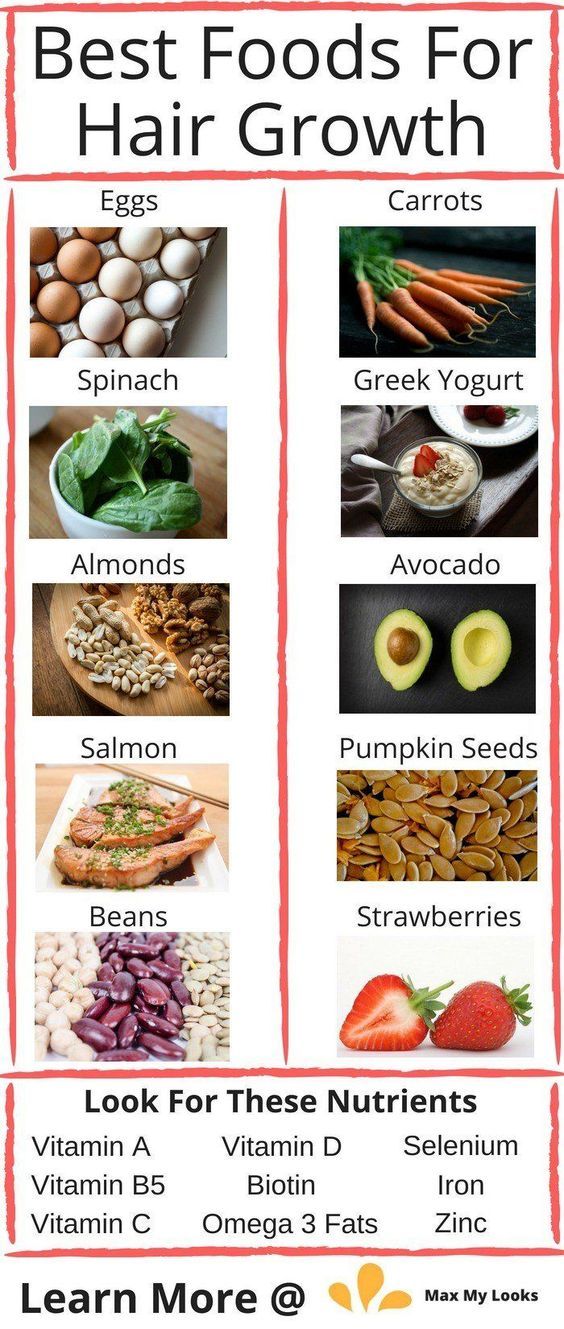
Ways To Support Your Baby’s Hair Growth
1. Give them nutritious food
While hair growth is largely based on genetics, nutrition and hygiene play an important role. Give them nutritious food rich in zinc, proteins, and vitamins A, B, and D, as these can help promote hair growth.
If your baby is six months old and has started consuming solids, include the following foods in their diet.
- Vitamin-A rich foods such as ripe mangoes, oranges, sweet potatoes, squash, and carrots
- Dark, leafy green vegetables rich in iron and vitamins
- Small quantities of egg yolk and cheese
- Beans, meat, and whole grains (2)
2. Give them a coconut oil massage
Mineral oils play an important role in protecting hair, as these oils can penetrate the hair and reduce the amount of water absorbed by the hair (which might damage the hair). Applying oil on a regular basis can help with the natural distribution of oils along the shaft and prevent hair breakage.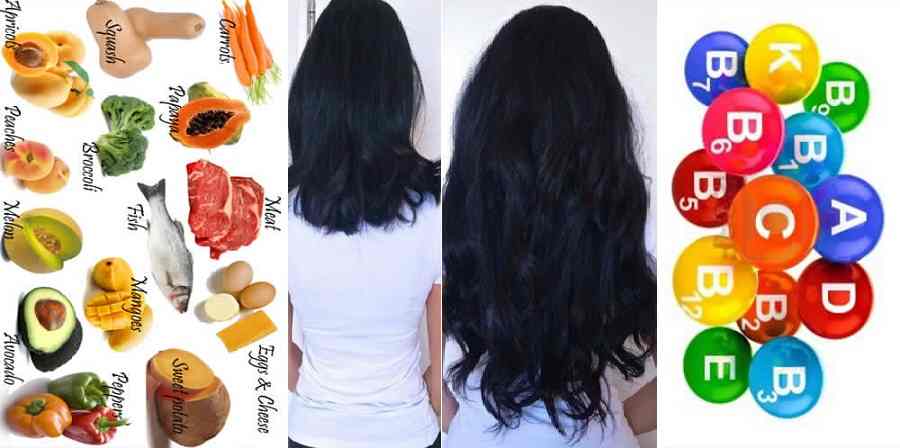
Studies suggest that coconut oil helps reduce protein loss from the hair, which might help promote hair growth (3).
To reduce hair loss and promote thick and fuller hair, massage your baby’s scalp with coconut oil a few times a week. This will not only prevent the scalp from getting dry, but also help eliminate cradle cap.
Apply a few drops of organic or extra-virgin coconut oil on your baby’s scalp and massage it. Leave it for 15–20 minutes and rinse with warm water.
3. Shampoo their hair regularly
It is important to shampoo your baby’s hair twice a week to remove the excess oil. If your baby has a cradle cap, it is advisable to apply an emollient, such as white petroleum, mineral oil, or baby oil, before shampooing the hair (4).
Apply baby shampoo on the scalp and gently massage. Leave it for 5–10 minutes, and rinse with lukewarm water. This might help remove dirt and excess oil that might be blocking the hair follicles, thus promoting hair growth.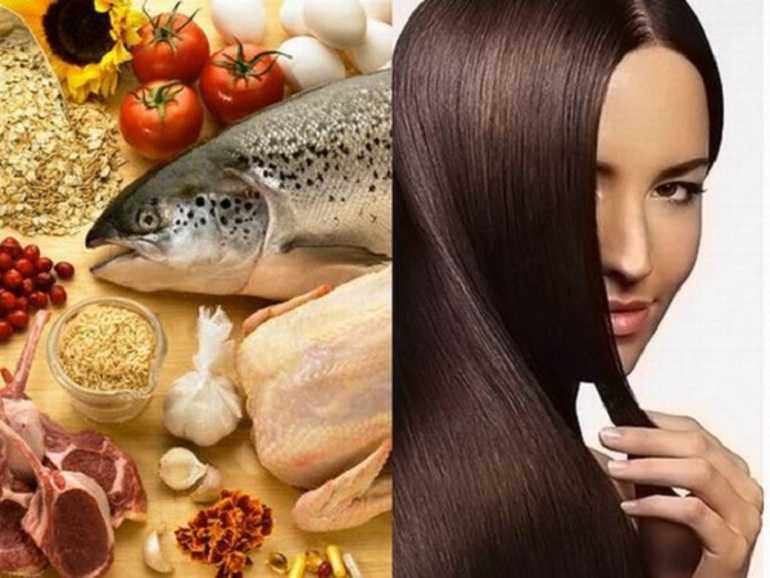
4. Brush the scalp
Hair or no hair, you need to brush your baby’s scalp regularly with a brush that has soft bristles. Anecdotal evidence suggests that gently combing, brushing, or massaging your baby’s scalp might stimulate hair growth.
It might also help remove dead cells and improve blood circulation in the scalp. Brushing is also a way to relax your baby; you might even find them sleeping away midway.
Brush your baby’s hair for 5–10 minutes every day; you can also use your fingers to massage the scalp gently.
5. Use hair conditioner
A conditioner is usually applied to the hair after shampooing. It helps in moisturizing the hair and replacing the oils stripped away by the shampoo. It may also protect, strengthen, and reduce the breakage of hair.
Using a conditioner is important if your baby has curly or wavy hair, which is prone to dryness. Choose a kid-friendly, natural, and tear-free conditioner. Apply it all over the scalp after shampooing and rinse off with warm water.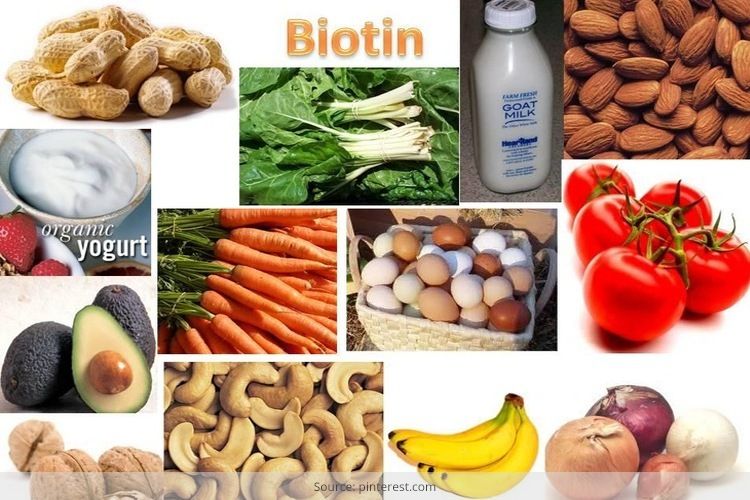 You can also apply mineral oil to the hair after shampoo.
You can also apply mineral oil to the hair after shampoo.
6. Handle it gently
It is important to prevent unnecessary hair breakage. Your baby’s hair is gentle and tender, so handle it with utmost care while shampooing or brushing. Use a soft towel to pat the baby’s wet hair after shampooing.
You can either use your fingers or a soft brush to untangle the knots, as these knots can break off, causing hair loss. Never rub your baby’s hair with hard towels or detangle hair roughly, as it might damage the gentle hair follicles and slow down hair growth.
7. Apply aloe vera gel
Aloe vera is known for its benefits on skin and hair. It contains an enzyme that promotes hair growth (5). You can either use fresh aloe vera gel or a product containing aloe vera gel on your baby’s scalp.
Apply aloe vera juice directly on your baby’s scalp, let it settle for ten minutes, and rinse off with lukewarm water.
Ensure the aloe vera gel does not get into your baby’s eyes or mouth. You could also do a patch test to determine if your baby is allergic to aloe vera before applying it on the scalp for the first time.
You could also do a patch test to determine if your baby is allergic to aloe vera before applying it on the scalp for the first time.
8. Do not tie the hair tightly
If your baby’s hair falls onto their face, or if they have curly hair, it could be quite a task to keep it in place. This might tempt you to tie their hair tightly into a pony or a bun. However, tying your baby’s hair tightly might damage their hair and cause hair loss.
The key here is to treat the hair gently and, at the same time, keep it away from the face. Applying oil or a conditioner might help tame the curls and keep the hair in order. You can also use a silk headband or a loose hair tie to tie your baby’s hair.
9. Choose the right hair products
Using the right hair products plays a key role in promoting hair growth in babies. Adult shampoos and conditioners contain harsh chemicals that can strip off the natural oils and damage your child’s delicate hair.
Always pick products designed for babies, and read the labels to understand the ingredients and determine if the product is safe for your baby.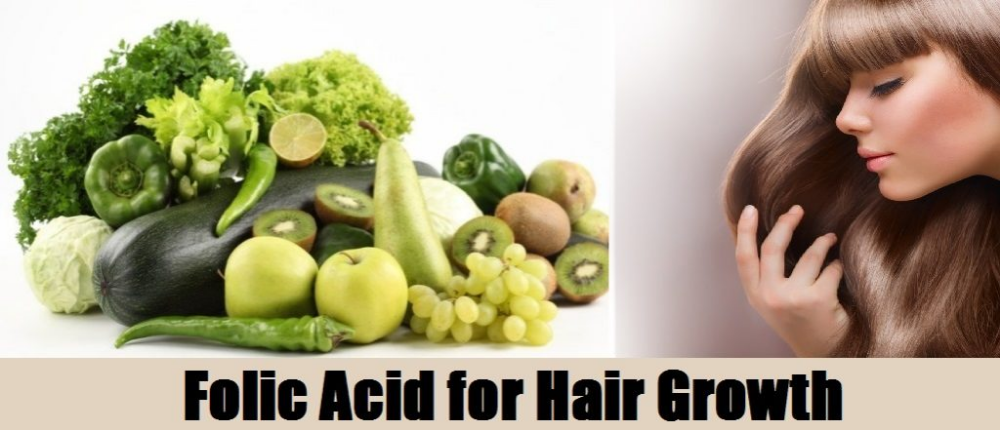
10. Offer weather protection
Just like adult hair, your baby’s hair would also get damaged when exposed to pollution and sunlight. Keep your baby’s scalp covered when going out to minimize exposure to harsh weather conditions.
11. Trim or shave at regular intervals
“Should I trim my baby’s hair or shave the head?” This is a question most parents have. In some cultures, it is a ritualistic practice to shave a newborn’s head as it is believed to grow back thicker and fuller hair. However, there is no scientific backing for this.
If you choose to shave your baby’s head, it is best to get it done by an expert who can shave it without hurting the baby’s gentle scalp. Alternatively, if your baby has uneven hair or bald spots, you can trim the hair to allow the hair to grow evenly.
1. Why does my baby have such little hair?
It is common for babies to be born with and have very little hair for the first few months.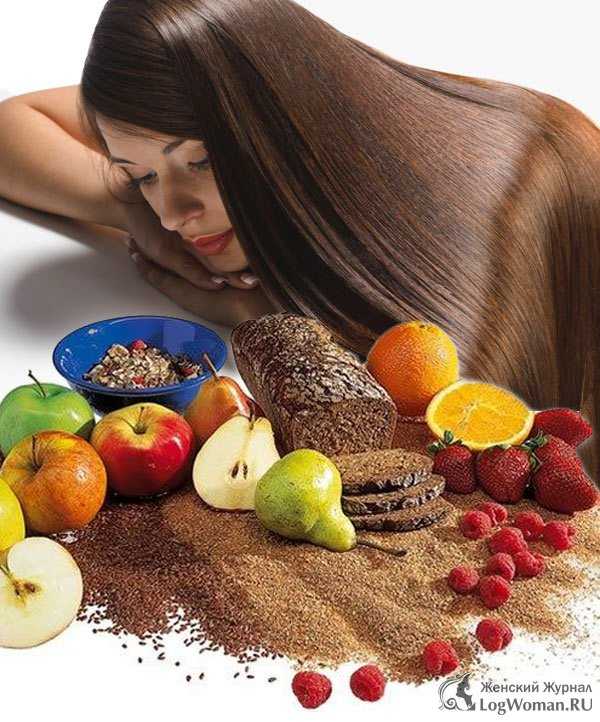 Hair growth begins a few months after babies are born. If you have a family history of hair growth issues, discuss your apprehensions with your baby’s pediatrician (6).
Hair growth begins a few months after babies are born. If you have a family history of hair growth issues, discuss your apprehensions with your baby’s pediatrician (6).
2. Can I predict if my baby will have a lot of hair?
It is impossible to know if your baby will have a lot of hair or lesser hair.
3. Would cutting my baby’s hair make it grow faster?
Contrary to popular belief, cutting a baby’s hair or shaving their head may not improve the quality and quantity of their hair. Hair growth, color, and texture depend on many factors such as genetics, nutrition, and overall health.
Most hair loss happens during the first six months of life, and hair regrowth happens at about the same time due to the development of mature hair follicles. So consult a doctor if it continues even after six months. You can support your baby’s hair growth by following basics like giving them nutritious foods rich in zinc, proteins, and vitamins, massaging their scalp with coconut oil, regular shampooing, and offering weather protection by trimming.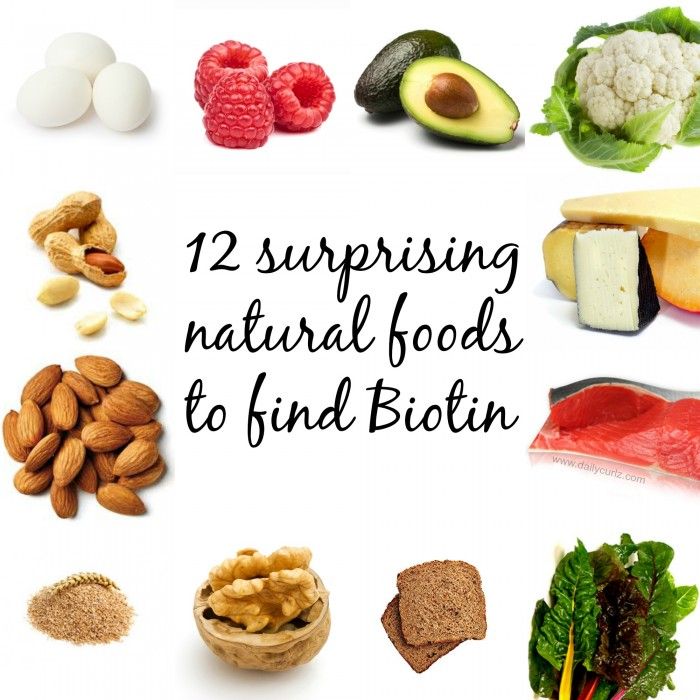 Baby’s hair is gentle and tender, so it is important to handle it with the utmost care, and you should choose the right products for hair growth. However, it is natural for babies to lose hair in the first six months, so do not panic if you see bald spots as the hair will regrow.
Baby’s hair is gentle and tender, so it is important to handle it with the utmost care, and you should choose the right products for hair growth. However, it is natural for babies to lose hair in the first six months, so do not panic if you see bald spots as the hair will regrow.
Key Pointers
- Babies normally lose hair during the first six months of life because of the development of mature hair follicles.
- If babies lose a lot of hair after six months, consult a doctor, as it may be a sign of infection.
- Support your baby’s hair growth by giving them nutritious food rich in zinc, proteins, and vitamins and massaging their scalp with coconut oil.
- Regular shampooing, brushing the hair, and some other useful hair growth tips for babies as you scroll down.
References:
MomJunction's articles are written after analyzing the research works of expert authors and institutions. Our references consist of resources established by authorities in their respective fields. You can learn more about the authenticity of the information we present in our editorial policy.
You can learn more about the authenticity of the information we present in our editorial policy.
1. Hair Loss (Alopecia); American Academy of Pediatrics
2. Facts for Feeding; The Mother and Child Health and Education Trust
3. Maria Fernanda Reis Gavazzoni Dias; Hair Cosmetics: An Overview; International Journal of Trichology (2015).
4. Timothy Nobles, Seneca Harberger, and Karthik Krishnamurthy; Cradle Cap; StatsPearls (2020).
5. K. P. Sampath Kumar, et al.; Aloe vera: A Potential Herb and its Medicinal Importance; Journal of Chemical and Pharmaceutical Research (2010).
6. My baby has little hair, is it due to a lack of calcium?; Family Health Service; The Government of the Hong Kong Special Administrative Region
The following two tabs change content below.
- Reviewer
- Author
Rohit Garoo did MBA from Osmania University and holds a certificate in Developmental Psychology from The University of Queensland. The zoologist-botanist turned writer-editor has over 8 years of experience in content writing, content marketing, and copywriting. He has also done an MBA in marketing and human resources and worked in the domains of market research and e-commerce. Rohit writes topics... more
The zoologist-botanist turned writer-editor has over 8 years of experience in content writing, content marketing, and copywriting. He has also done an MBA in marketing and human resources and worked in the domains of market research and e-commerce. Rohit writes topics... more
Pranjul Tandon joined the Childbirth and Postpartum Professional Association (CAPPA) in 2014 to become a Certified Childbirth Educator and began the journey of her venture Womb and Beyond in 2015. She became a certified Infant Massage Instructor with the International Association of Infant Massage (IAIM) in 2017. She has expanded her skills further by being certified as a Baby Sign... more
Aloe Vera For Babies: Safety, Benefits..
Aloe Vera For Babies: Safety, Benefits..
Why Do Babies Rub Their Eyes And How To..
Why Do Babies Rub Their Eyes And How To..
Eye Twitching During Pregnancy: Signs,..
Eye Twitching During Pregnancy: Signs,.
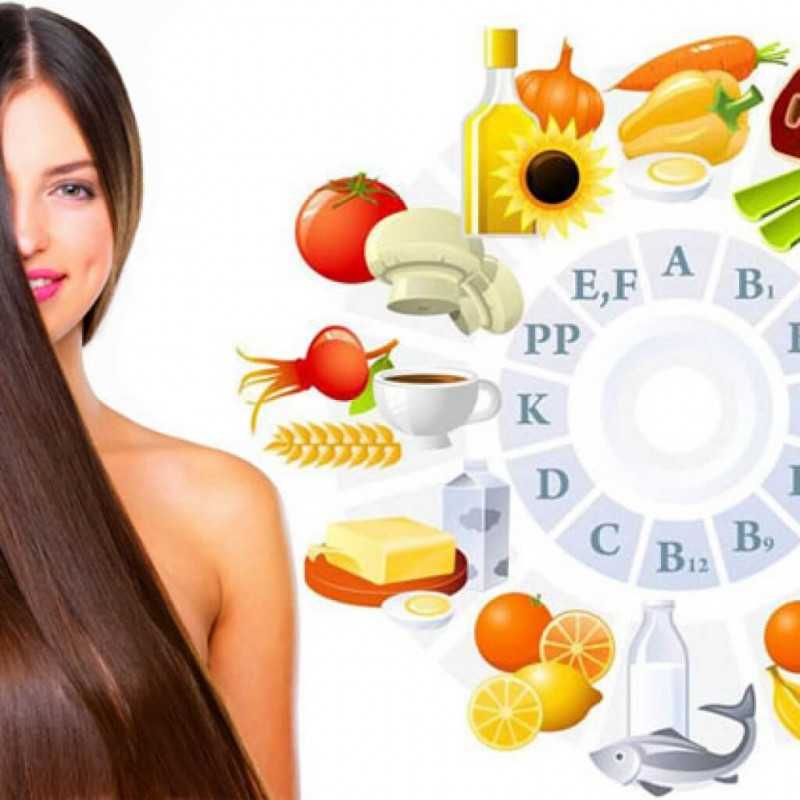 .
.What Causes Umbilical Hernia In..
What Causes Umbilical Hernia In..
Vaginal Discharge During Pregnancy: Is..
Vaginal Discharge During Pregnancy: Is..
7 Common Breech Baby Birth Defects And..
7 Common Breech Baby Birth Defects And..
What Causes Newborn Skin Peeling And..
What Causes Newborn Skin Peeling And..
White Curds in Baby Poop: Causes,..
White Curds in Baby Poop: Causes,..
What Causes Late Teething in Babies And..
What Causes Late Teething in Babies And..
Products for strengthening hair: what you need to eat for hair growth
Strong healthy hair decorates a person's appearance. With age or as a result of stress, improper care, diseases, hair loses its strength and natural shine, begins to fall out, and becomes brittle. The problem is not always the use of inappropriate products - the human body may lack useful micro and macro elements, vitamins and minerals that help strengthen and grow hair. To replenish the supply of essential substances, you need to eat hair products saturated with various components.
To replenish the supply of essential substances, you need to eat hair products saturated with various components.
What the body needs to strengthen hair
Strengthening of hair and their growth depends on the ingestion of a sufficient amount of the following elements:
- fiber;
- protein;
- vitamins of groups A, B, C, D, E;
- iron;
- zinc;
- antioxidants;
- folic acid;
- beta-carotene;
- omega-3 fatty acids.
A balanced diet, in which products for hair growth are included in the diet, restores lost shine, natural strength, and restores scalp health. In addition, the right food helps to strengthen the hair follicles, thereby reducing the likelihood of hair loss. A high-quality professional hair care will help the specialists of our salon. Sign up for a consultation to receive recommendations on the selection of products and complete a course of restoration of hair health.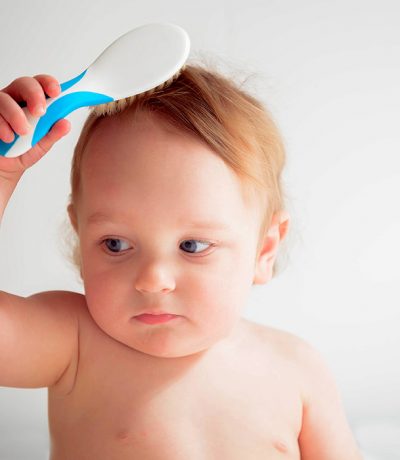
Master Product List
The list of useful products that provide the necessary nutrition for hair is quite extensive. Therefore, the diet is balanced, tasty and varied. This includes whole grains, dairy, seafood, fruits and vegetables, meat, eggs. It is worth familiarizing yourself with the top 10 most useful products.
Eggs
Rich source of protein and biotin. These elements help strengthen hair follicles. Biotin is needed to reproduce keratin, protein is required by hair follicles. Eggs also contain selenium, choline, lutein, vit. A, D and zinc. It is better to eat them boiled. You can make masks from eggs and rub into the scalp.
Oily fish
These anti-hair loss products are high in omega-3s, proteins and antioxidants. The following types of fish should be included in the diet:
- salmon;
- mackerel;
- herring;
- sardine;
- trout.
Fish contains selenium, vitamin D, iron, protein. It is recommended to cook fish dishes for a couple or eat boiled fish fillets.
It is recommended to cook fish dishes for a couple or eat boiled fish fillets.
Berries
These are not only healthy, but also very tasty products. The use of berries in food has a beneficial effect on the health of the body as a whole. They are high in vitamin C, which helps scavenge free radicals. Antioxidants protect hair follicles from damage, prevent hair breakage:
- grapes improve cell health;
- strawberries help collagen production;
- cherries and cranberries contain many vitamins.
Berries are best eaten fresh, but you can make natural juices and compotes from them.
Spinach
Good nutrition for hair loss helps to cope with the problem. The diet should include spinach, rich in iron, folic acid, vit. A and C. Broccoli, greens (dill, celery, parsley), asparagus and green beans should also be added to the diet. They contain calcium, which stimulates hair growth. From vegetables and herbs, you can prepare salads seasoned with linseed oil.
Poultry meat
Meat contains the highest amount of protein. Chicken and turkey meat is rich in zinc and iron. Properly cook a healthy product for a couple or use in a boiled form. Protein helps:
- strengthen follicles;
- nourish hair;
- restore healthy shine.
You can add meat to vegetable salads, but it is strongly not recommended to season such dishes with mayonnaise.
Legumes
When choosing what to eat for hair growth, legumes cannot be bypassed. Beans, beans, lentils contain a large percentage of vegetable protein, Zn, Fe, folic acid and fiber, which serve as food for follicle cells.
Experts recommend eating at least two glasses of legumes a week. The beans themselves can be added to salads or made into lobios. Compliance with a diet very quickly gives a positive effect.
Shrimps, oysters
Seafood is a source of vitamin D, omega-3 fatty acids, macronutrients. In addition, shrimp and oysters contain selenium, copper, niacin, and biotin.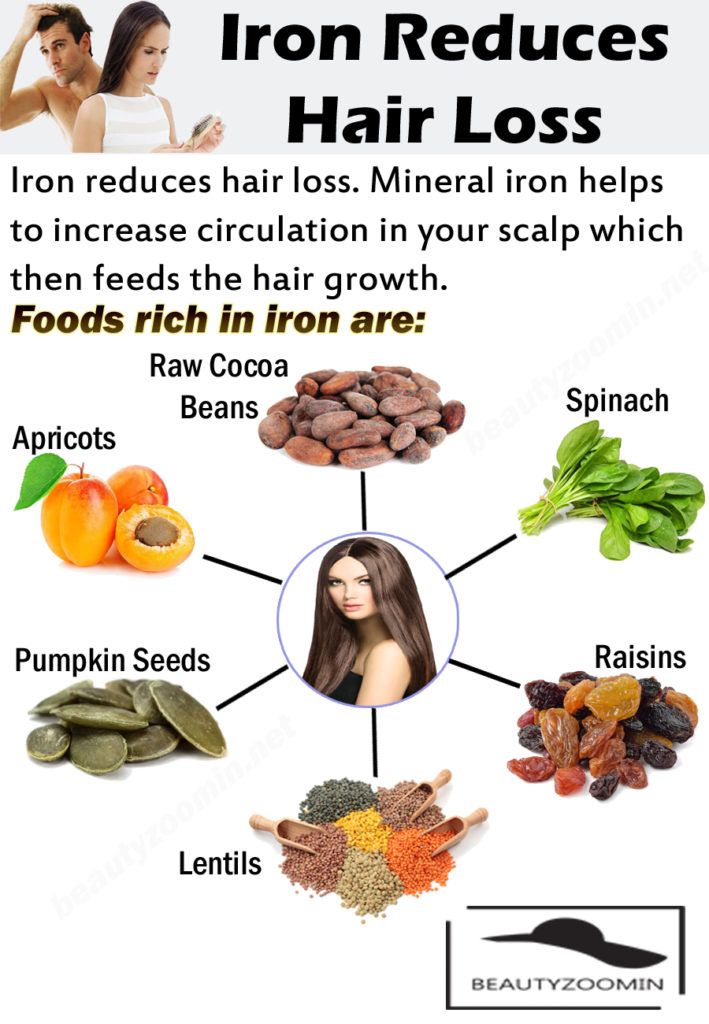 All these substances take part in the restoration and strengthening of curls, make hair thick and lush. Zinc, which supports the active phase of growth, is especially helpful.
All these substances take part in the restoration and strengthening of curls, make hair thick and lush. Zinc, which supports the active phase of growth, is especially helpful.
Nuts, seeds
These foods are high in fat, heavy enough to be absorbed by the body. Therefore, it is better to use cashews, almonds, pecans, Brazil nuts for breakfast. Nuts contain alpha-linoleic acid. It gives hair shine, saturates and moisturizes. During the day, it is recommended to eat no more than 7 nuts and continue to adhere to the diet for two months. Flax, sunflower, chia seeds contain a lot of fatty acids, selenium, zinc, vitamin E. To get different nutrients, you need to use a mixture of seeds.
Buckwheat, oatmeal, cereals
A bowl of buckwheat or oatmeal for breakfast will help you forget about split ends. Buckwheat is loaded with antioxidants, magnesium, vegetable proteins and fiber. It does not contain gluten, which some people cannot tolerate. You can supplement the correct diet with whole grain bread.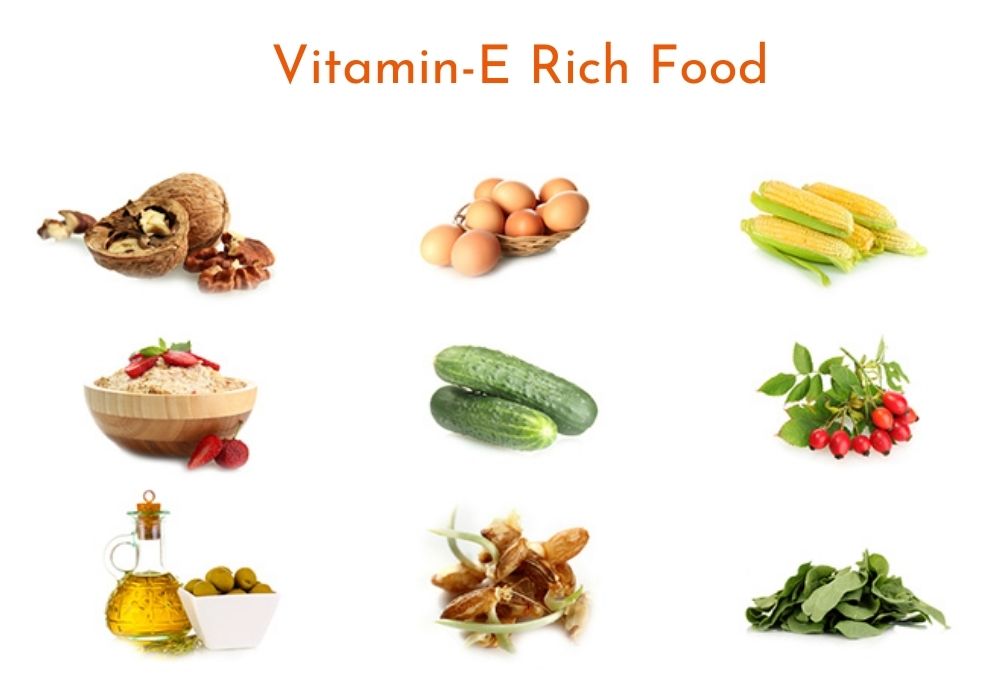 It is rich in zinc, iron and vitamin B, which helps to strengthen the curls, gives them strength.
It is rich in zinc, iron and vitamin B, which helps to strengthen the curls, gives them strength.
Dairy products
An imbalance in the intestinal microflora is also a cause of poor hair condition. Cottage cheese, fresh milk, homemade yoghurts, kefir - this is what you need to eat daily for hair growth.
Milk protein casein is present in large quantities in dairy products. You can combine fruits with dairy products.
The most useful means of restoring hair health is the right diet. It is recommended to add fresh carrots, cabbage, sweet peppers to a balanced diet. You can include dishes with peanut butter, tomatoes, sweet potatoes in the menu. Good sleep, a healthy lifestyle and the rejection of bad habits also help hair.
Share
top 10 best products to grow your hair fast
Failed to cut your hair? Do you just want to grow your hair out faster? Adjust your diet and speed up the process!
Website editor
Tags:
the beauty
Health
weight loss
Hair
Food
So, you want to have strong, healthy and long hair. Then you need a special diet, because only products for hair growth will help you achieve your goal and get a braid to the waist. But let's start with something else: let's figure out what substances can make your hair luxurious.
Then you need a special diet, because only products for hair growth will help you achieve your goal and get a braid to the waist. But let's start with something else: let's figure out what substances can make your hair luxurious.
Vitamins for hair growth in products: what to look for in the composition
The following vitamins have a beneficial effect on curls:
- Vitamin B or biotin, without which normal hair growth is impossible.
- Vitamin D, whose action awakens dormant hair follicles.
- Vitamin E acts as an antioxidant that reduces oxidative stress and thus keeps the scalp healthy.
- Iron, because the deficiency of this trace element provokes hair loss.
- Vitamin C for better iron absorption.
- Omega-3 unsaturated fatty acids that stop the inflammation that causes alopecia.
- Zinc, which improves the absorption of the protein that makes up our hair.
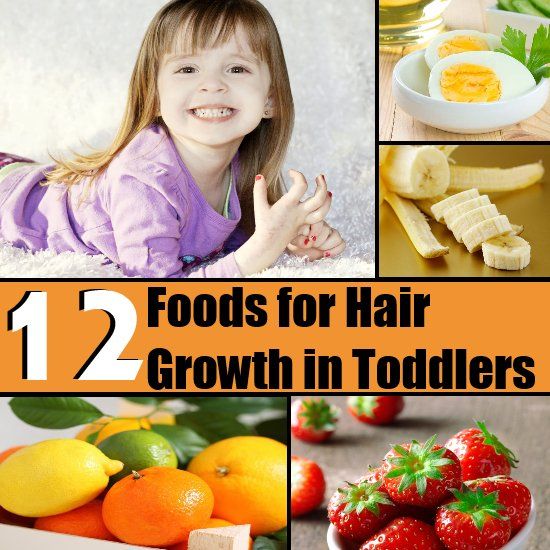
Products for fast hair growth: top 10 best
Now let's get into specifics: let's figure out which products for hair growth on the head are the best. We have compiled a list of the most effective for you: by including them in your diet, you will make your curls stronger and shinier, and they will grow faster. So, here are the top hair growth products from VOICE!
1. Salmon
Wondering what hair growth products to include in your diet? Start with salmon! It contains Omega-3 fatty acids, which accelerate the growth of curls and make them denser. Salmon also contains vitamin D, which affects the follicles, and protein, and our hair is almost entirely made up of it. Remember: no hair growth diet is complete without red fish.
2. Yellow Bell Pepper
If you want to always have products for women's hair growth in your refrigerator, be sure to stock up on bell pepper, which is one of the best sources of vitamin C - pepper has almost six times more of it, than in an orange. By the way, we did not accidentally mention the color: it is in yellow peppers that most of the vitamin C (341 milligrams, and in red is only 63!), And in the correct form for assimilation. This is very important for hair growth!
By the way, we did not accidentally mention the color: it is in yellow peppers that most of the vitamin C (341 milligrams, and in red is only 63!), And in the correct form for assimilation. This is very important for hair growth!
3. Oysters
Foods useful for hair growth can be very sophisticated. A little luxury never hurt anyone! There is a lot of zinc in oysters, three pieces a day will give the body 500% of the norm, and in this case, an “overdose” is not dangerous, our wise metabolism will “store” zinc, using it for accelerated hair growth. So if you find yourself by the sea, where oysters are fresh and not as expensive as in your city, use this opportunity to its fullest!
4. Eggs
Some foods for fast hair growth are very commonplace - we are used to their constant presence in our diet. One of them is, of course, eggs. They contain biotin, another necessary component for rapid hair growth.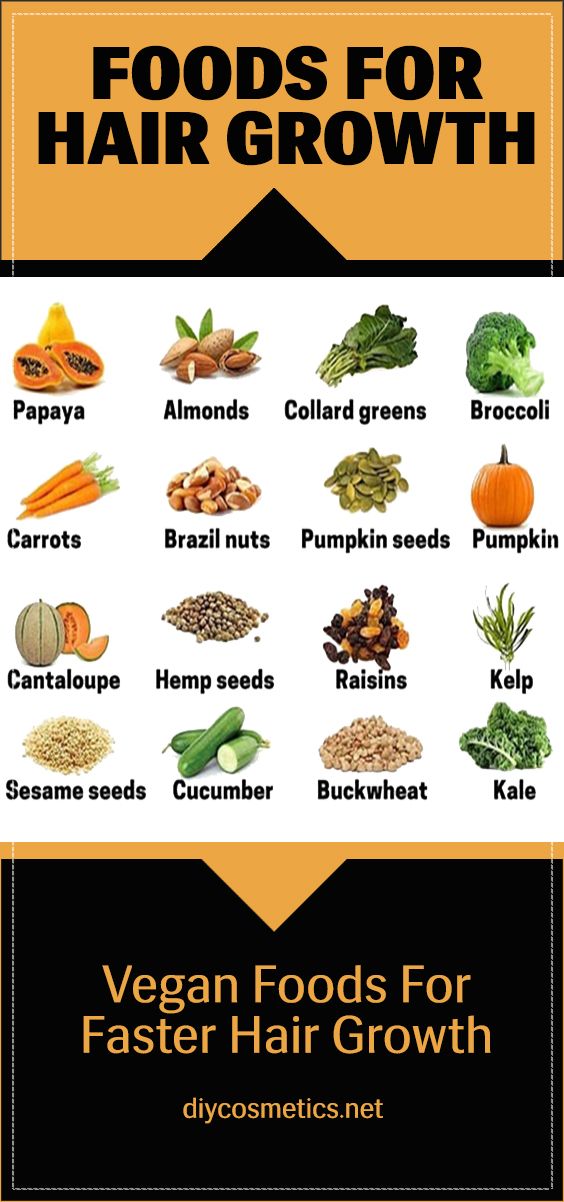 By the way, pay attention: biotin is contained in the yolk, and protein, on the contrary, prevents its absorption. So protein omelettes can wait for now.
By the way, pay attention: biotin is contained in the yolk, and protein, on the contrary, prevents its absorption. So protein omelettes can wait for now.
5. Seeds
The best products for hair growth can sometimes be a great way not to have lunch or breakfast, but to pass the evening. These are the seeds, which very often for us are not so much food as entertainment. Sunflower seeds are rich in vitamin E - it is an excellent antioxidant, and therefore will save the scalp. and healthy hair. So don't be shy to bring a bag with you when you get ready to watch the series!
6. Sweet potato
Tired of regular potatoes? Replace it with sweet potato. Sweet potatoes contain vitamin E, just like seeds, and will be a new and delicious side dish in your diet. Get ready for a bonus: sweet potatoes include soluble fiber, which increases satiety and thus allows you to eat less.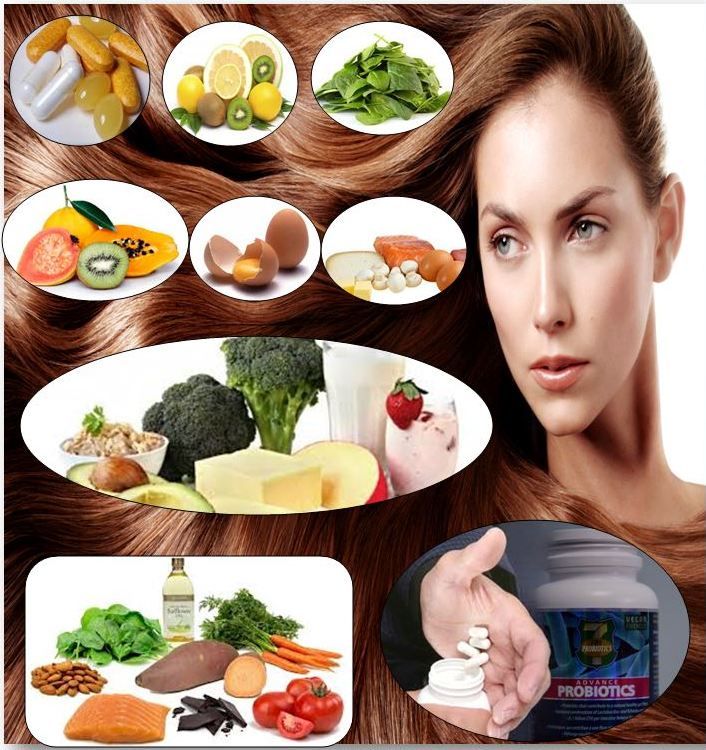 So you can not only grow a long braid, but also lose weight. So if you figure out what foods you need to eat for hair growth, be sure to pay attention to these unusual orange tubers.
So you can not only grow a long braid, but also lose weight. So if you figure out what foods you need to eat for hair growth, be sure to pay attention to these unusual orange tubers.
7. Avocado
The best foods for thickening and growing hair are avocados. These fruits are a real combo! They are rich in two substances useful for hair: vitamin E and essential fatty acids that are not produced in our body. In addition, avocado stimulates the production of collagen and elastin, which improve the condition of the scalp and hair quality. And finally, it is simply delicious and easy to eat: just spread its pulp on toast and enjoy your breakfast!
8. Almonds
Products for hair growth in men and women should be rich in healthy fats. Almonds are just like that! It contains zinc and selenium, which is what you should look for in hair growth products. These trace elements also help against hair loss: or rather, it is their lack that can lead to alopecia.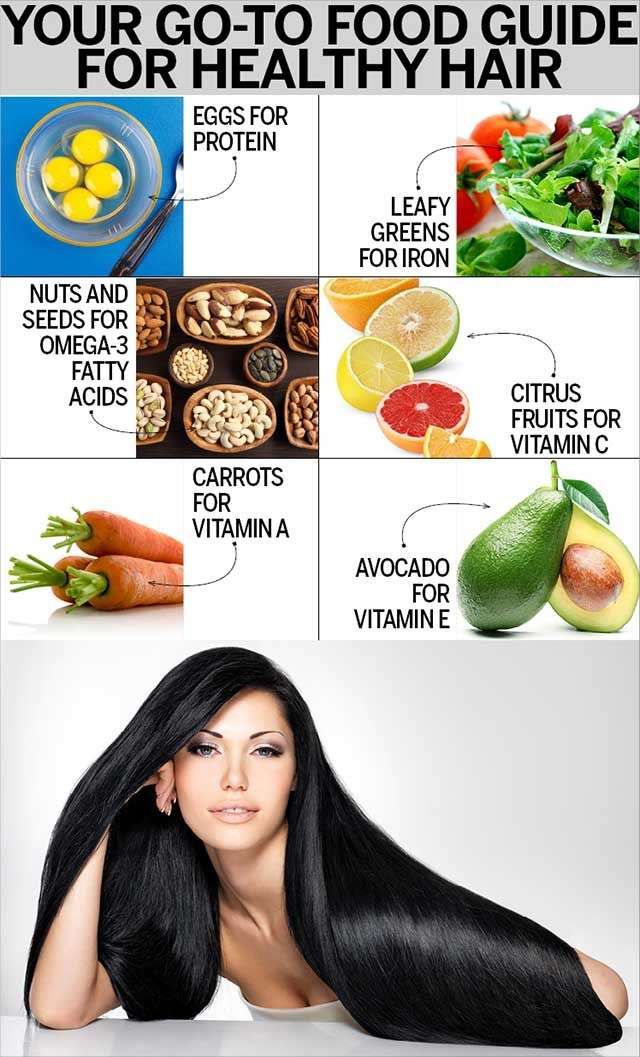 However, if you do not like almonds, you can replace them with other nuts to your taste. You can choose the products necessary for hair growth, focusing on what you love!
However, if you do not like almonds, you can replace them with other nuts to your taste. You can choose the products necessary for hair growth, focusing on what you love!
9. Shrimps
Some products for hair growth and strengthening are not only healthy, but also very tasty. This is exactly what shrimp belong to - who did not love them, boiled or fried with spices? Do not deny yourself the pleasure: shrimp have a great effect on the condition of the hair, because 100 grams contain 38% of the daily requirement of vitamin D, and who can stop at such a tiny handful?
10. Beans
What foods are good for hair growth when it comes to legumes? First of all, it's beans. It contains many useful substances: zinc, iron, biotin and folic acid. In addition, beans are inexpensive, they can be an independent dish or a side dish. And finally, you don’t have to cook it - just open the jar.